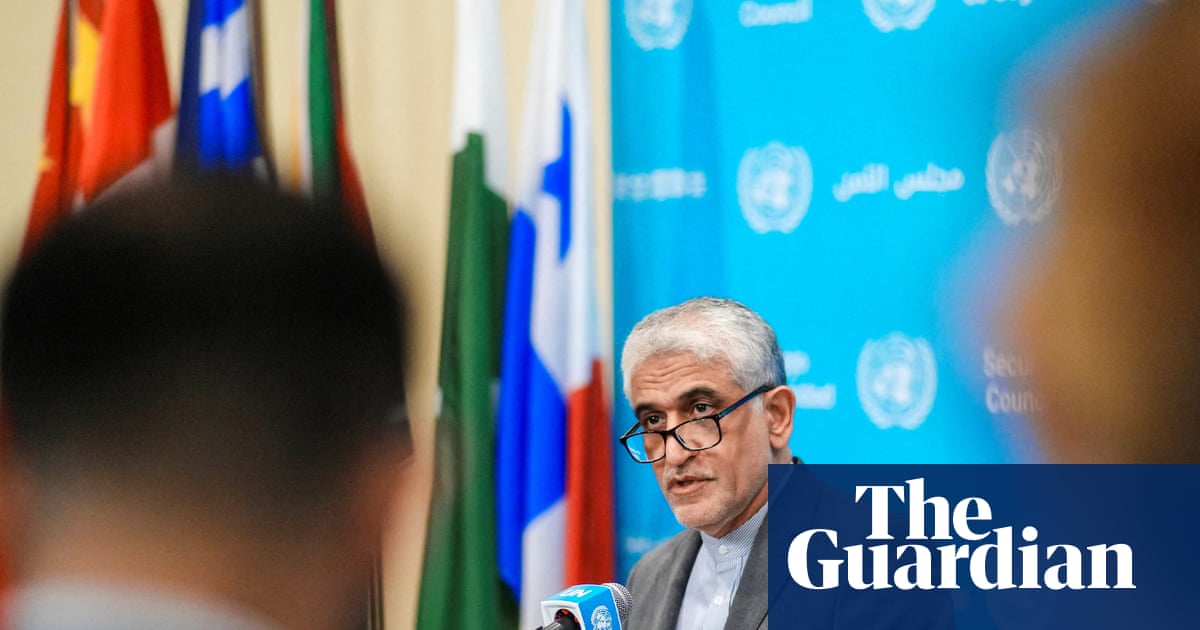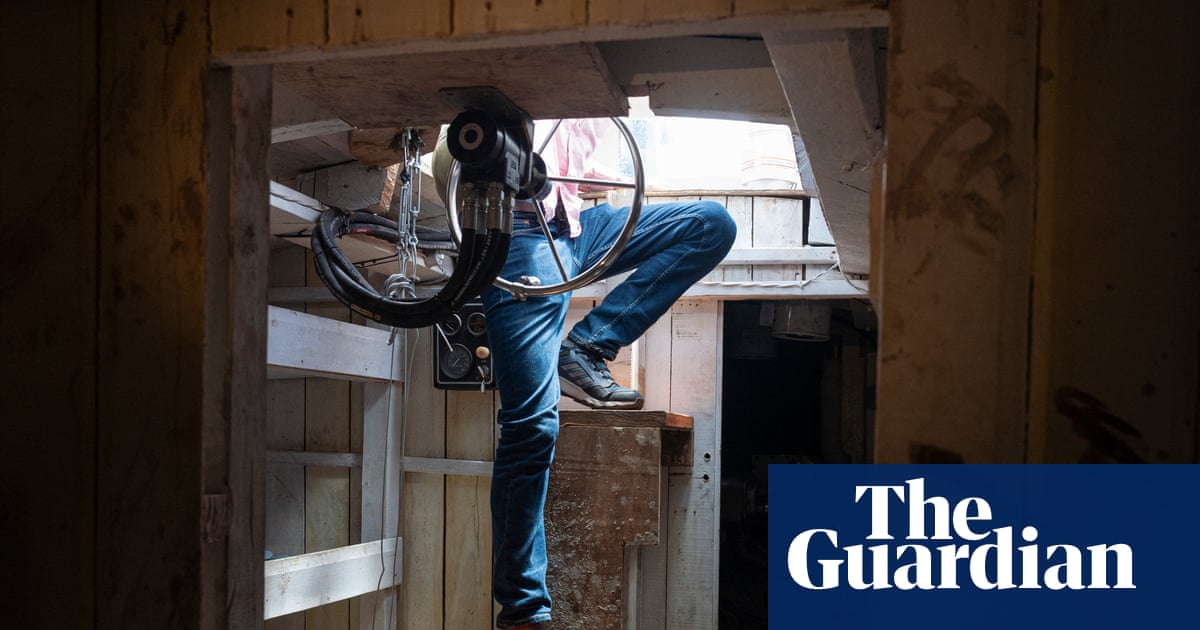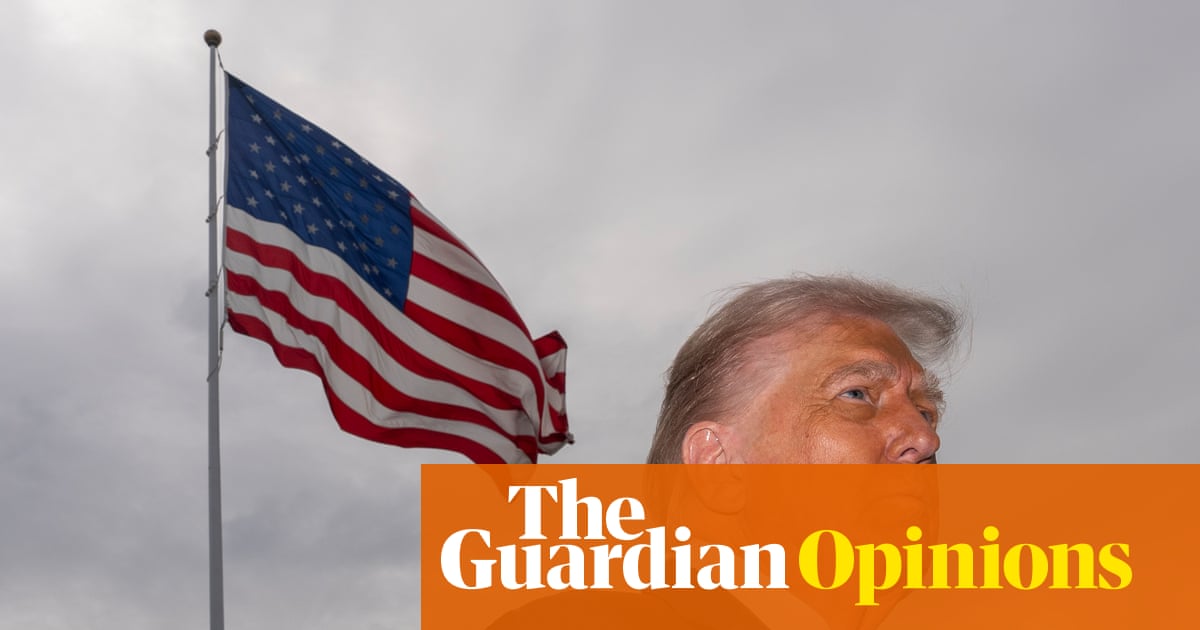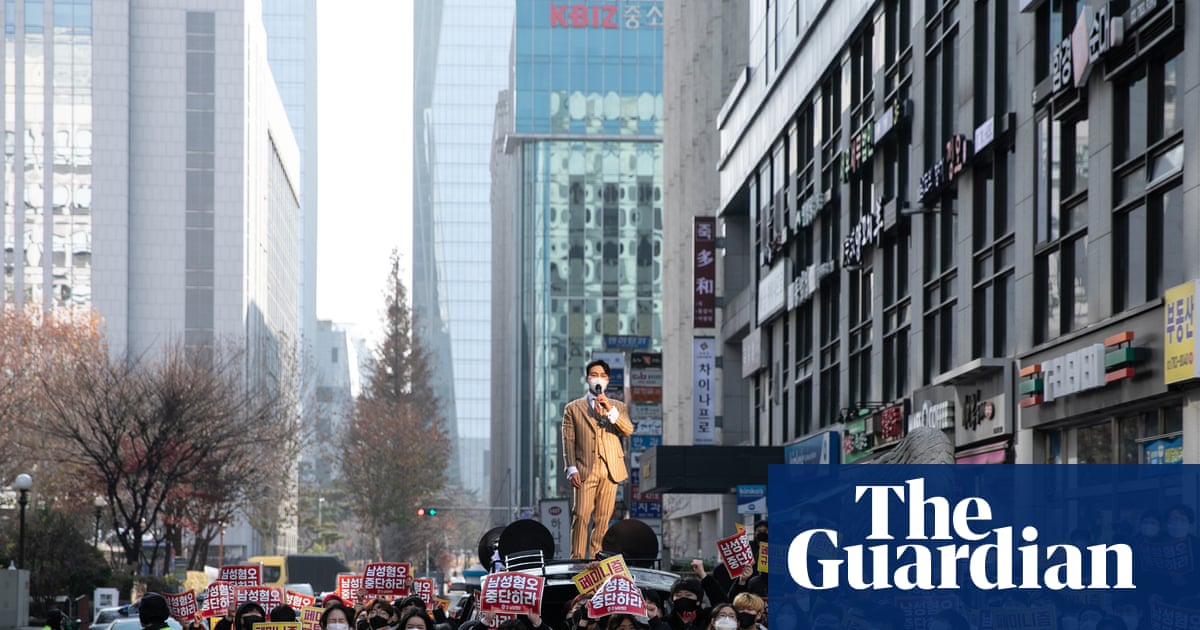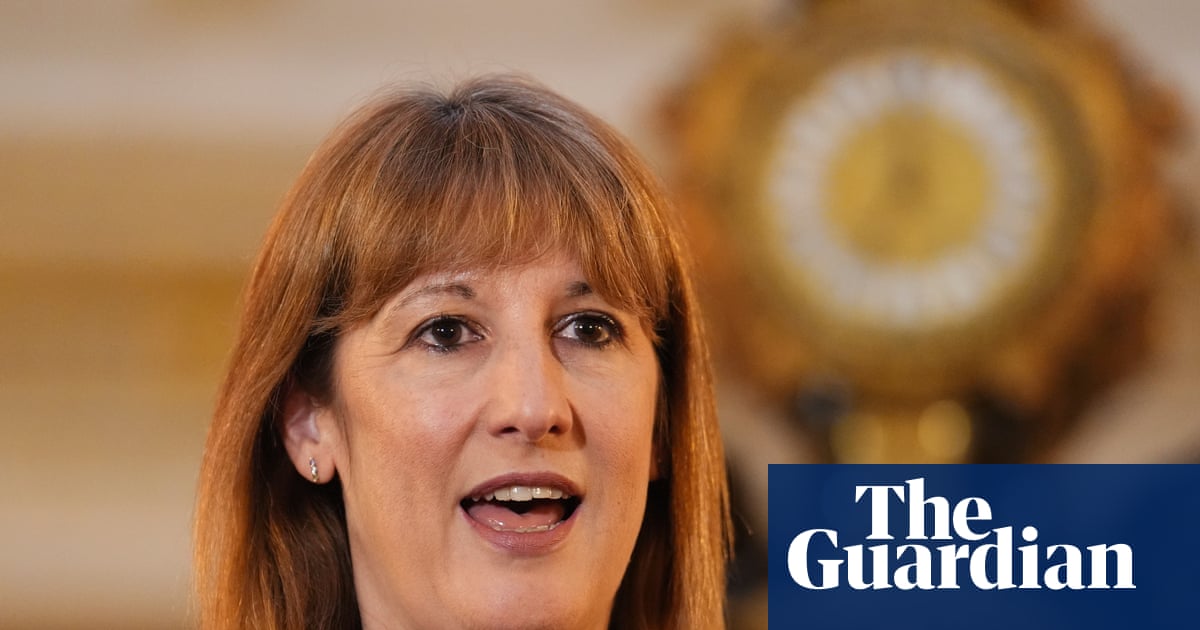All over European media, the take seems to be similar – that the EU is “under pressure” to conclude some sort of deal with the US in order to avoid Donald Trump’s 9 July deadline for the unilateral imposition of broad tariffs. What might be on the table in the attempt to secure that? In early May, the EU trade commissioner, Maroš Šefčovič, was already suggesting that a deal to increase purchases from the US could include agricultural products – a possibility that seems to remain even though Šefčovič later clarified that the EU was not contemplating changing its health or safety standards.
Since I have failed to Abba (“Always be boldly acronyming”) and don’t have anything as good as Taco (“Trump always chickens out”) – coined by the Financial Times columnist Robert Armstrong – at the ready, I’ll simply reach for the easy line: opening the door even slightly to more US food imports into the EU would leave a bad taste in all our mouths. Trump’s hostage-taking approach to trade should not be rewarded, certainly not with something that hits as close to home as food does.
“The European Union won’t take chicken from America. They won’t take lobsters from America. They hate our beef because our beef is beautiful and theirs is weak,” declared the US commerce secretary, Howard Lutnick, in April. Laughter aside, every time I go back to the US I become a vegetarian for the duration of my trip – even though US grocery store vegetables are themselves generally big, blemish-free and bland. Why? Call me paranoid, but I simply don’t want to ingest the same growth hormones that Lutnick’s “beautiful” meat probably contains traces of and that are banned in the EU.
Growing up in Ohio, I experienced the full force of US food culture. It was the 90s, which meant that margarine was most definitely in and butter was out; an example that highlights how processed everything took root, including – in my vegetarian family – highly processed meat alternatives. The people around me meant well, but how do you fight a system that, from top to bottom, was designed to push high fructose corn syrup into practically everything (and most worryingly into school lunches)?
To be fair, all of this has since generated a domestic backlash, but there’s an intense amount of momentum behind it still: almost without fail, I find that the standard sugar level in the US soars far beyond what I now find appealing. Even in places I wouldn’t expect to find added sugar at all, like pizza.
And why would the Trump administration’s full-scale savaging of the US government’s administrative and regulatory capacity, including the Food and Drug Administration, increase anyone’s trust that what US regulation does exist is actually being followed?
Some of you are perhaps rolling your eyes, thinking: Alexander Hurst, a naturalised French citizen, has gone full “chauvin”; converts are the worst. Except it’s not just me. There is an entire internet subgenre of content extolling the virtues of French butter, or involving Americans who come to France and realise that this is what peaches, or strawberries, really taste like.
Beyond the question of whether or not Europeans want to eat US agricultural output, a hypothetical trade deal would involve hugely negative climate impacts. The distance that food travels already accounts for 20% of global agriculture-related emissions pollution, and Europe’s share in imported agriculture emissions is already high. We need to be reducing it, not adding to it through foodstuffs carted unnecessarily across the Atlantic.
How can we ask European farmers to accelerate their transition to regenerative agriculture (which offers the potential to drastically reduce agriculture emissions) if, at the same time, they are being undercut by US producers who face far lower regulatory standards?
“Europe already produces and grows everything it could possibly need. The last thing we want to see circulating is hormone-pumped beef or chlorinated poultry,” says Lindsey Tramuta, the author of The Eater Guide to Paris. “Even beyond the goods themselves, there’s the issue of distance: why bring food over from the US if Europeans can get their needs met from much closer to home?”
Yannick Huang, who manages the Vietnamese restaurant Loan in Paris’s Belleville neighbourhood, agrees. “At a time when we’re trying to do organic, local, it’s pointless to want to import anything from the US,” he told me. Huang, who is obsessive about ingredient quality, only serves French beef. To him, US agriculture comes tainted with the connotation of “GMOs and other problems”.
Hold on, you might say. Isn’t it inconsistent to oppose Trump’s tariffs while also promoting food protectionism? Fair point: it’s hard to find a “one size fits all” approach to globalisation. It has harmed some workers in wealthy economies while also reducing the gap between low-income nations and high-income ones. No country on Earth has a fully self-contained advanced semiconductor manufacturing supply chain, and in sectors where globalisation has become excessive, it might be even more economically harmful to roll back. None of that, though, means that things that have resisted becoming fully global should all of a sudden be opened up – food most of all.
Ramzi Saadé is a Lebanese-Canadian chef whose Paris restaurant, Atica, is dedicated to a fiercely regional approach to haute cuisine. But taking his diners on a voyage of discovery doesn’t mean his food has to go on one too; despite focusing on first Basque, and now Corsican cuisine, he sources almost all of his ingredients from the area surrounding Paris. For a lamb dish involving 13 different elements, only the nepeta, a Corsican herb, had travelled, he said. “Is my role today to bring you Japanese culture via wasabi flown to Paris?” Saadé asked. “No, my role is to explain to you that it’s grated this way and put on fish for this reason, and I can do that with wasabi from France.”
I couldn’t help but think that it’s actually far more interesting to do it his way – to interpret a cuisine rather than attempt to transpose it.
We are what we eat. A cuisine is a medium of communication; it is, indelibly, tied up with the stories we tell about who we are. Perhaps that’s why it’s so disturbing to see food held hostage, or weaponised, in the pursuit of economic or geostrategic goals.
Europe’s intense and varied regionality is an enormous part of how it eats and therefore what it is. Opening the market to mass penetration by US agriculture would, little by little, nibble away at that richness. It’s the kind of proposition that, if it ever makes it out of the kitchen, should be sent back straight away.
-
Alexander Hurst is a Guardian Europe columnist

 3 months ago
27
3 months ago
27

